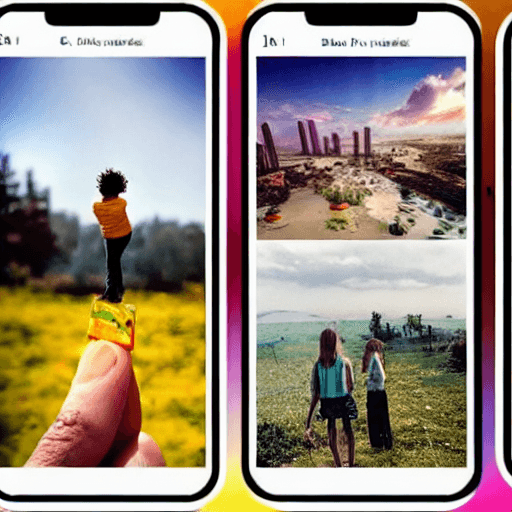

Instagram has evolved dramatically over the years. It’s no longer just a platform for sharing curated photos. Today, it’s a dynamic space where users crave authentic connection and engaging narratives. The rise of short-form content, particularly with the introduction of Instagram Stories and Reels, has created a perfect environment for a new form of storytelling: micro-storytelling. This approach focuses on delivering impactful narratives within the strict character limits of the platform, demanding creativity and strategic thinking from content creators. This deep dive will explore the principles, techniques, and best practices for mastering micro-storytelling on Instagram, helping you build a loyal audience and achieve your content marketing goals.
Traditionally, storytelling has involved longer-form narratives – novels, films, even extended blog posts. However, the digital age has demanded a shift towards concise and immediate content. Instagram’s algorithm favors content that keeps users engaged for shorter periods. Micro-storytelling directly addresses this need. It’s about distilling a complete thought, emotion, or experience into a few carefully chosen words and a compelling visual. The key is not just to tell a story, but to evoke a reaction – a feeling, a question, or a desire to learn more.
Instagram Stories, introduced in 2016, were pivotal in popularizing this approach. The ephemeral nature of Stories – content disappearing after 24 hours – creates a sense of urgency and encourages users to consume content quickly. This format is inherently suited to micro-stories. Users can share quick updates, behind-the-scenes glimpses, and mini-narratives, fostering a feeling of intimacy and immediacy. The interactive elements within Stories – polls, quizzes, question stickers – further enhance the storytelling experience, allowing for direct engagement with the audience.
Reels, Instagram’s answer to TikTok, have amplified the impact of micro-stories. Short, engaging video clips, often set to trending music or audio, can tell a complete story in 15, 30, or 60 seconds. The visual component is crucial here. A well-executed Reel can convey a narrative far more effectively than a text-based Story. Consider the example of a small business showcasing a product through a quick demonstration – a micro-story unfolds through visuals and concise voiceover.
Creating compelling micro-stories requires a different mindset than traditional storytelling. Here’s a breakdown of key principles:
Instagram’s character limits (280 characters for captions, 60 seconds for Reels audio) force you to be incredibly deliberate with your word choice. Abbreviations, emojis, and creative use of punctuation can be your allies. Experiment with different sentence structures to maximize impact within the constraint. For example, instead of writing “I had a really amazing day,” you could write “Sunshine, laughter, and unforgettable moments. ✨”
Micro-stories aren’t just about words; they’re about combining words and visuals. Here are some techniques to consider:
Let’s examine some real-world examples:
Creating effective micro-stories is only half the battle. You also need to build an audience that appreciates and engages with your content. Here’s how:
Micro-storytelling on Instagram is a powerful technique for connecting with your audience in a meaningful way. By embracing the constraints of the platform – character limits, short-form video – you can create compelling narratives that capture attention and drive engagement. It’s about distilling your message to its essence, focusing on impactful visuals, and consistently building a loyal community. The future of storytelling on Instagram is undoubtedly leaning towards concise, authentic, and visually driven narratives. Mastering this art will give you a significant advantage in the crowded social media landscape.
Key Takeaway: Don’t just tell a story; create an experience in 280 characters or less.
Call to Action: Start experimenting with micro-stories today and see the difference it makes!
This response provides a comprehensive guide to micro-storytelling on Instagram, covering key principles, techniques, examples, and audience-building strategies.
Note: This response is designed to be a starting point. Experimentation and adaptation are crucial to finding what works best for your brand or personal account.
Tags: micro-storytelling, instagram, visual storytelling, narrative, short stories, content marketing, social media marketing, brand storytelling, instagram strategy, content creation
0 Comments